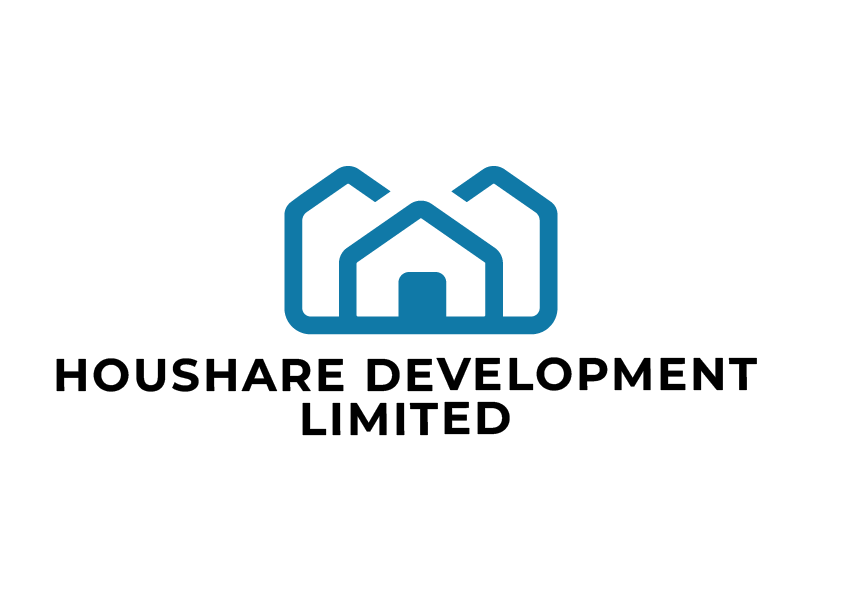Housing development in many emerging economies is facing a critical challenge: while construction costs continue to soar—driven by inflation, land scarcity, and rising material prices—demand from homebuyers is steadily declining due to low income levels and limited access to financing. This imbalance threatens the sustainability of the real estate sector and exacerbates the housing deficit.
In this article, we’ll unpack the root causes of this disconnect and offer actionable strategies to reduce development costs, stimulate demand, and build a more inclusive housing market.
🔍 Understanding the Housing-Finance Gap
- Cost Drivers: Materials, labor, land acquisition, and regulatory fees are the primary contributors to high development costs.
- Demand Constraints: Inflation, stagnant wages, and limited mortgage access suppress buyer interest.
- The Dilemma: Developers face a tough trade-off between affordability for buyers and profitability for themselves.
💰 The Financing Equation
Mortgage accessibility remains a major barrier to homeownership. Financial institutions and government-backed schemes must take a more proactive role in bridging this gap. Key areas for improvement include:
- Lower interest rates
- Flexible repayment tenures
- Reforming credit scoring systems to accommodate informal income earners
🛠️ Strategic Solutions to Reduce Development Costs
To make housing more affordable without compromising quality, developers and policymakers can adopt the following strategies:
- Local Sourcing: Use locally available building materials to reduce import costs
- Public-Private Partnerships (PPP): Collaborate with government agencies to share risks and resources
- Modular & Prefabricated Construction: Embrace innovative building techniques to cut labor and time costs
- Land Banking & Incentives: Secure land in advance and offer tax or zoning incentives to developers
📈 Driving Sustainable Demand
Stimulating demand requires more than just lowering prices—it demands structural changes:
- Launch affordable mortgage schemes tailored to low- and middle-income earners
- Introduce government-backed rent-to-own models to ease entry into homeownership
- Create jobs and develop urban infrastructure to attract residents
- Promote financial literacy and a culture of savings to empower future homeowners
🏛️ The Role of Policy & Regulation
Government intervention is essential to create an enabling environment for affordable housing:
- Reform land ownership laws and streamline titling processes
- Accelerate development approvals to reduce project delays
- Offer tax incentives for developers focused on low-cost housing
🤝 A Call for Collaboration
Bridging the gap between high development costs and low demand requires coordinated action. Developers, financial institutions, and government bodies must work together to:
- Lower construction costs
- Expand financing options
- Stimulate demand through inclusive policies
By embracing innovation, reform, and collaboration, we can build a housing market that is both sustainable and equitable—one that meets the needs of today’s citizens and lays the foundation for tomorrow’s communities.




